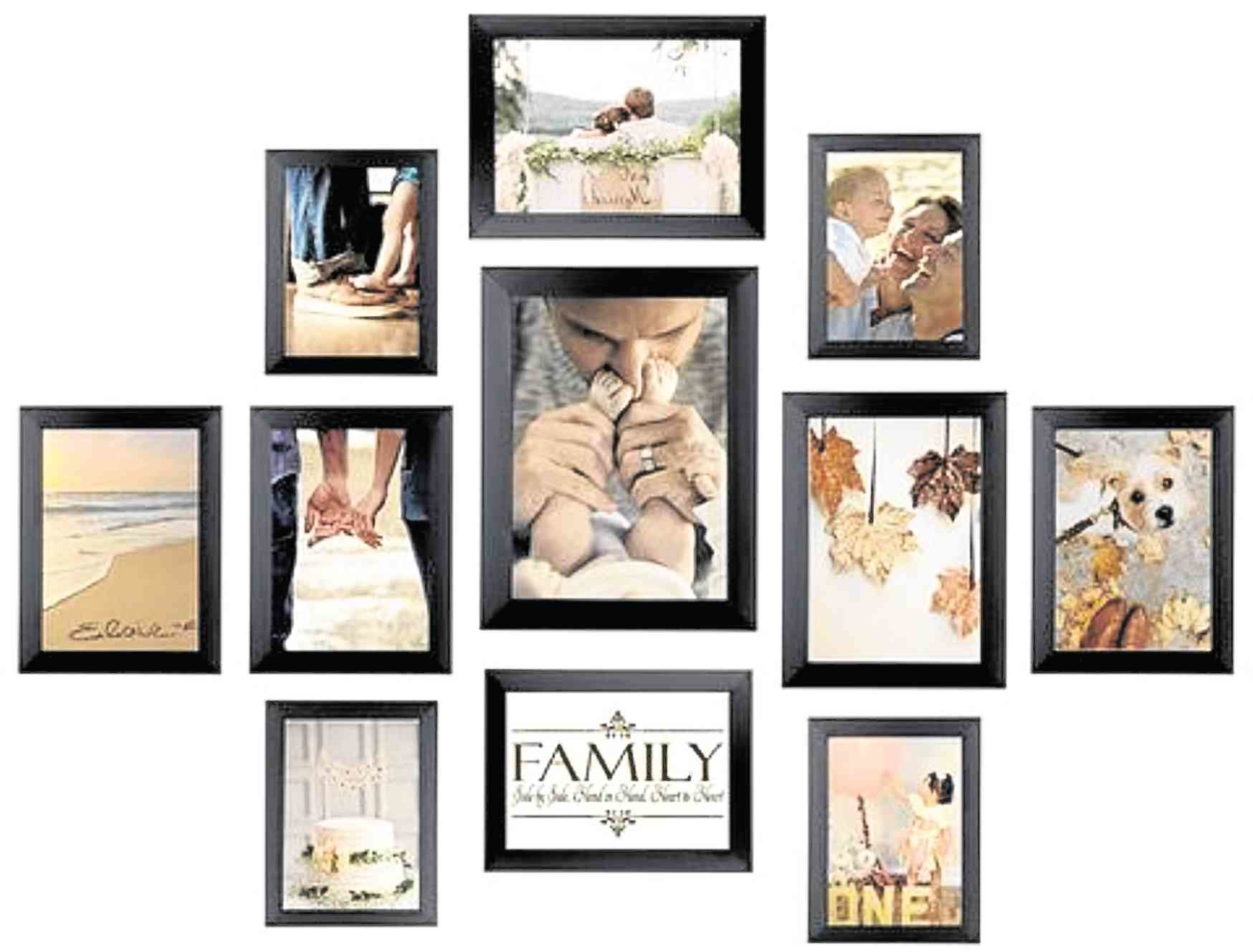It was a few years ago during one of my travels that I first heard of “hygge”.
It was a trip I made with no real agenda but to come up for air after fulfilling a long to-do list and a string of commitments. I was in a shop browsing through a pile of books that dealt with the subject of well-being, a much-needed antidote for my then state of mind. I picked up a few books and flipped some pages. One of them was “The Little Book of Hygge: Danish Secrets to Happy Living”.
So the term “hygge”, it turned out, is the Danish term for the positive quality of one’s emotional state. It denotes coziness, friendship, conviviality, contentment, security and a quiet inner joy. Derived from “hyggja”, a Germanic term that means “satisfaction”, it is also the word from which our English “hug” is derived, giving us a good insight into what hygge would feel like.
In her book “The Year of Living Danishly”, British writer Helen Russel defines hygge as “taking pleasure in the presence of gentle, soothing things”— more like having a glass of warm milk rather than a shot of whisky. In simple terms, it’s an appreciation of the simple and familiar things. The cultivation of hygge has become such an integral component of the Danish culture that it has been described by Meik Wiking, CEO of the Happiness Research Institute in Copenhagen, as “a defining feature of our cultural identity and an integral part of the national DNA”. It’s no surprise then that Denmark has been voted the happiest place on earth (sorry, Walt Disney) for so many years.
In Scandinavia, hygge is often portrayed with candles and fluffy blankets as it first evolved as a remedy to counter the lonely effects of cold winters.
In other places where the concept of hygge has become popular, there is a contradictory onslaught in the marketing of hygge-inducing accessories and decor for the hygge-conducive space. But all these new merchandise run contrary to its concept of appreciation for the simple and familiar, most of which are already present in our own spaces and probably in our storage bins too. So how does one make way for a hygge-inducing space? Here’s a short list of guidelines.
Let your space be a reflection of who you are
The concept of hygge has a lot to do with being comfortable in your own skin. Well-being starts with a state of effortless comfort and belonging. An environment designed to merely follow trends or to impress is absolutely not hygge. Hygge dictates that there are no pretensions and instead is the positive reality of the kind of life you live. Photos of remarkable moments, souvenirs or objects attached to memories, and virtually any other tangible representation of a previous good experience adds to the enhancement of hygge.
Create real shelter.
Well-being cannot be achieved if you are constantly threatened by physical inconveniences or disturbances like rain, flood and unwanted sunlight. There are human intruders, too, so having a properly secured space is probably the most basic attribute of a safe haven. Your hygge space should be the place where you can be calm, relaxed and secure.
Light is an essential element of hygge.
Although it need not be candlelight, that little dancing flame is probably one of the most popular imageries and experiences of hygge. In the absence of real flames, warm artificial lighting creates a certain ease and comfort to spaces. Even work spaces can merit from a few minutes of nurturing warmth that come as a good break from the usual bright white task lights. Even via a small table lamp. During the daytime, diffused natural sunlight works best, with window treatments helping to create filtered light that is easy on the eyes.
Be sensitive about materiality.
Hygge is not about being flashy or luxurious, but rather about softness and visual warmth. Natural materials like cottons and linens have light textures that work well in temperate climate. They are soft to the touch and cool to the skin. Rugs and carpets also add a variety of sensory experiences for bare feet, with materials ranging from natural silks and wools to the more textural abacas and seagrass. For decor, materials that have depth and are tactile elicit comfort and warmth.
Create spaces for people.
Hygge is about having company whether it be in areas for dining, lounging or working. Small nooks for gathering, large sofas for huddling, meeting or dining tables that are round and concentric to further emphasize togetherness. In our local context, the kitchen is probably the most hygge-inducing space. Preparing food with family or friends with the aroma of food cooking, and sitting to have a slow meal together are among such experiences that give an unparalleled pleasure.
Bring in nature.
Nothing spells well-being more than having a connection to the outdoors through indoor plants, flower arrangements and even simple cut leaves and flowers in a vase.
And lastly, keep your spaces minimal.
Hygge is about having lesser things to manage and worry about, keeping things simple to afford more time to be spent for other endeavors, or to simply be able to relax.
Hygge is taking pleasure in the simple things, and deliberately cultivating them into your life. In “The Book of Hygge: The Danish Art of Living Well,” author Louisa Thomsen Brits writes: “to hold twilight or watch it darken, describes the pleasure we take in pausing to observe as day slips into night. To stand at our window, wrapped in the half-dark and watch the day disappear… is a moment of hygge.”
This is mine, too. But instead of dusk, my first hygge of the day happens at the crack of dawn, in tranquil solitude, looking out windows designed to be large and to face east, and to take in the hills, the morning sunlight, and the warm glow of the happy day to come. Can you feel the contentment in that?


